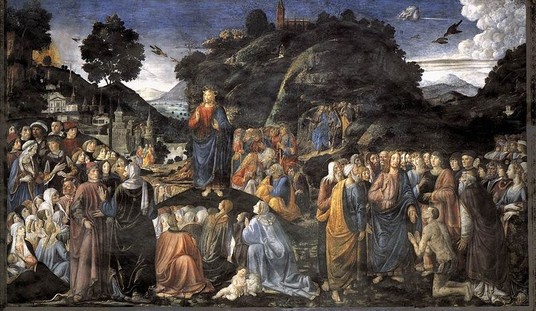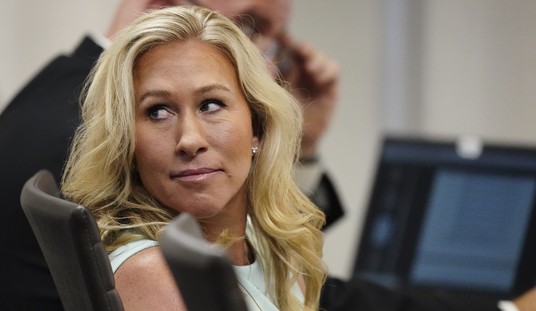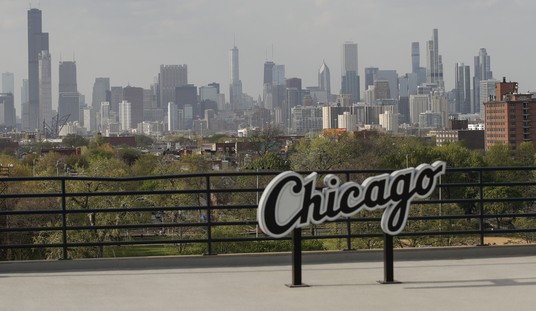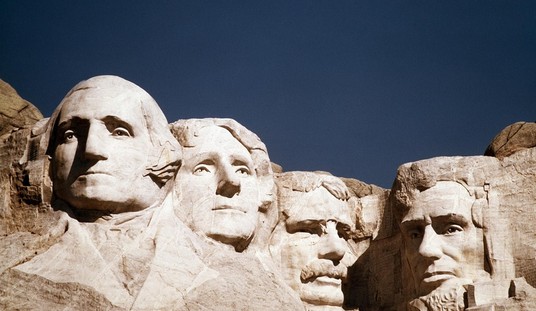Christian Heinze at The Hill picks up on a months-long polling trend that I’ve noted for quite a while, but which has mostly escaped the media. Mitt Romney has consistently and clearly led among independent voters for quite a while, although Heinze only looks at the most recent polls to make his point about the nature of the race:
Fueling his current polling surge, Mitt Romney’s numbers with indies are just getting remarkably good.
a. IBD/ITP poll released today: Romney 52% Obama 34%.
b. Pew poll, released yesterday: Romney 46% Obama 42%.
c. Politico/GW poll, released yesterday: Romney 51% Obama 35%.
d. CNN, released last week: Romney 49% Obama 41%.
e. National Journal, released October 3: Romney 49% Obama 41%.
Now having said that, Romney has done well this entire cycle with independents, but not enough to overcome turnout models that suggested much, much higher Democratic turnout.
This has been a consistent trend all during the summer and fall, and it leads to this question: if Romney’s doing so consistently well among independents, how could he be trailing? After all, Barack Obama won in 2008 by seven points overall, and eight points among independents. A double-digit shift in the gap among independents should be decisive.
Some argue, though, that these independents are in some significant part Republicans who aren’t affiliating themselves with the GOP. That, however, doesn’t make much sense. Democratic enthusiasm reached its zenith in 2008, and Republican enthusiasm its nadir. That’s when one would expect to see disaffected Republicans identify as unaffiliated. In this election, Republicans have the advantage in the enthusiasm gap — even before the presidential debate last week. Chuck Todd reported on Sunday that the GOP had a double-digit overall enthusiasm advantage in the previous week’s NBC/Marist polls, with Democrats having big trouble getting its core constituencies excited. Politico/GWU found the same in its Battleground poll last week, putting the Republican advantage at +13.
Clearly, the Democrats cant win a base turnout election under those conditions. Republicans have the advantage (so far) among committed partisans on enthusiasm, and they’re also winning independents consistently and significantly in the same polls that show the race as a virtual dead heat. That suggests that some of the assumptions built into the pollster models are still leaning too far to 2008, and that Romney is actually in better shape than those toplines suggest.
On the other hand, I think Jay Cost, Scott Rasmussen, and Sean Trende are solid in this analysis, too:
So where are we, four weeks out? Romney suddenly finds himself with a lead in the polls, making liberals panicked and conservatives jubilant — an interesting change of pace.
But I actually see more continuity than change here. And allow me to quote one pollster who has had a solid read on the true state of the race for months (he is also the only pollster who had an accurate read on Obama-McCain from the Lehman collapse onward, and the first to see the 2010 wipeout coming before anybody else). Scott Rasmussen:
We have reached the point in the campaign where media reports of some polls suggest wild, short-term swings in voter preferences. That doesn’t happen in the real world. A more realistic assessment shows that the race has remained stable and very close for months. Since last week’s debate, the numbers have shifted somewhat in Romney’s direction, but even that change has been fairly modest. Still, in a close race, a modest change can have a major impact. Over the past 100 days of tracking, Romney and Obama have been within two points of each other 72 times. Additionally, on 89 of those 100 days, the candidates have been within three points of each other.
This is why Sean Trende was right on the money yesterday when he pointed out that, absent various, fleeting news shocks, this race has had a tendency to settle into a dead heat, with both candidates right around 47 or 48 percent of the vote.
Another point where Trende was spot on: Team Obama is running a bandwagon campaign. In fact, it has been running such a thing since it won the Iowa Caucus all the way back in early 2008. The idea is to convince the country that Obama is a sure winner – so why not jump on board? Thus, the president and his team have tried to create news at the exact moment the race begins to settle back into a tie. That explains perfectly the timing of the attacks on Romney – Bain Capital, tax returns, and the “47 percent” comment – all meant to inflate Obama’s numbers artificially above the rough 47-47 tie we should be seeing.
I’ll add one caveat to that, though: that’s about what I figured would happen in the race (I put it more at 46/46 or 45/45), until the first debate. That was always going to be the inflection point for an incumbent who couldn’t get above 45-47% in real terms, and even some of that possibly soft. Could Romney make the case that he was an acceptable alternative to a mediocre-or-worse President? Once he made that case — and Obama helped him enormously with his own disengaged and disinterested performance — the race would change in a fundamental way.
That seems to have happened, but I’m wondering if it hasn’t been happening all along with those unaffiliated voters that have consistently favored Romney. We’ll see soon enough.







Join the conversation as a VIP Member